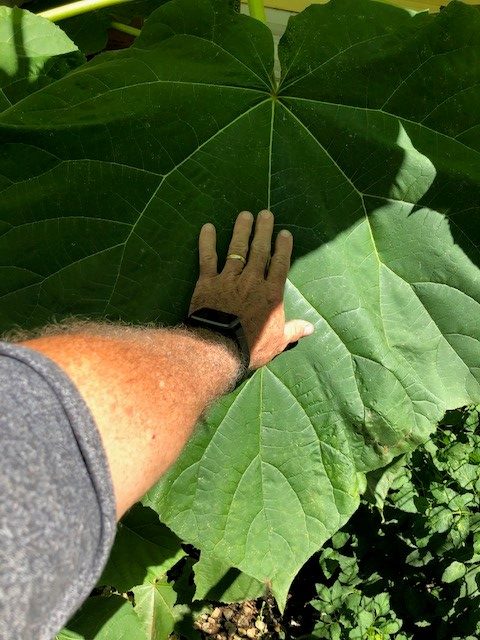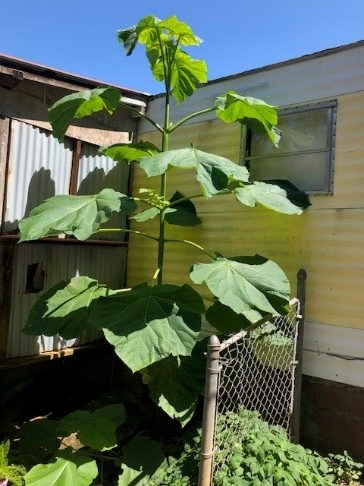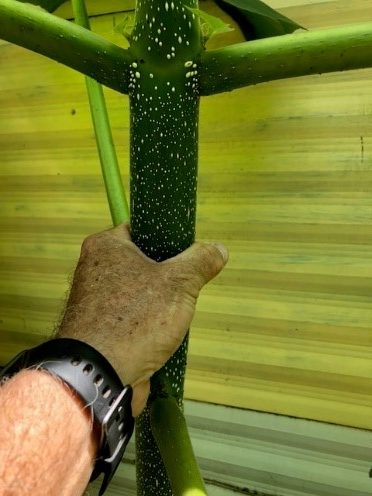Invasive Mystery Plant, Paulownia Tomentosa
go.ncsu.edu/readext?726947
en Español / em Português
El inglés es el idioma de control de esta página. En la medida en que haya algún conflicto entre la traducción al inglés y la traducción, el inglés prevalece.
Al hacer clic en el enlace de traducción se activa un servicio de traducción gratuito para convertir la página al español. Al igual que con cualquier traducción por Internet, la conversión no es sensible al contexto y puede que no traduzca el texto en su significado original. NC State Extension no garantiza la exactitud del texto traducido. Por favor, tenga en cuenta que algunas aplicaciones y/o servicios pueden no funcionar como se espera cuando se traducen.
Português
Inglês é o idioma de controle desta página. Na medida que haja algum conflito entre o texto original em Inglês e a tradução, o Inglês prevalece.
Ao clicar no link de tradução, um serviço gratuito de tradução será ativado para converter a página para o Português. Como em qualquer tradução pela internet, a conversão não é sensivel ao contexto e pode não ocorrer a tradução para o significado orginal. O serviço de Extensão da Carolina do Norte (NC State Extension) não garante a exatidão do texto traduzido. Por favor, observe que algumas funções ou serviços podem não funcionar como esperado após a tradução.
English
English is the controlling language of this page. To the extent there is any conflict between the English text and the translation, English controls.
Clicking on the translation link activates a free translation service to convert the page to Spanish. As with any Internet translation, the conversion is not context-sensitive and may not translate the text to its original meaning. NC State Extension does not guarantee the accuracy of the translated text. Please note that some applications and/or services may not function as expected when translated.
Collapse ▲There have been numerous sightings of the invasive princess tree, or empress tree or scientifically speaking, Paulownia tomentosa in home landscapes. These pictures were sent in this year by a local resident.

Paulownia tomentosa leaves may expand 12 inches or more and are heart-shaped with velvety pale undersides.
This deciduous plant is fast growing and can grow up to 40 feet tall. It is noted for its profuse bloom of fragrant, tubular, funnel-shaped, pinkish-lavender flowers with interior dark purple spotting and creamy yellow striping. The flowers appear in the spring but have rarely been seen by homeowners here. This may be because it blooms from old wood (buds formed in the summer before the following spring bloom). Bees, butterflies and birds are attracted to the flowers. This results in random paulownia springing up in unexpected places.
Paulownia may also catch one’s eye because of its fast growth and large leaves. The leaves may expand 12 inches or more and are heart-shaped with velvety pale undersides. It thrives in average, medium, well drained soils in full sun.
The Paulownia tomentosa is listed as an invasive species by the North Carolina Forest Service, USDA National Invasive Species Information Center and the Invasive Plant Atlas of the United States. Invasive species can lead to the extinction of native plants and animals, destroy biodiversity, and permanently alter habits.






